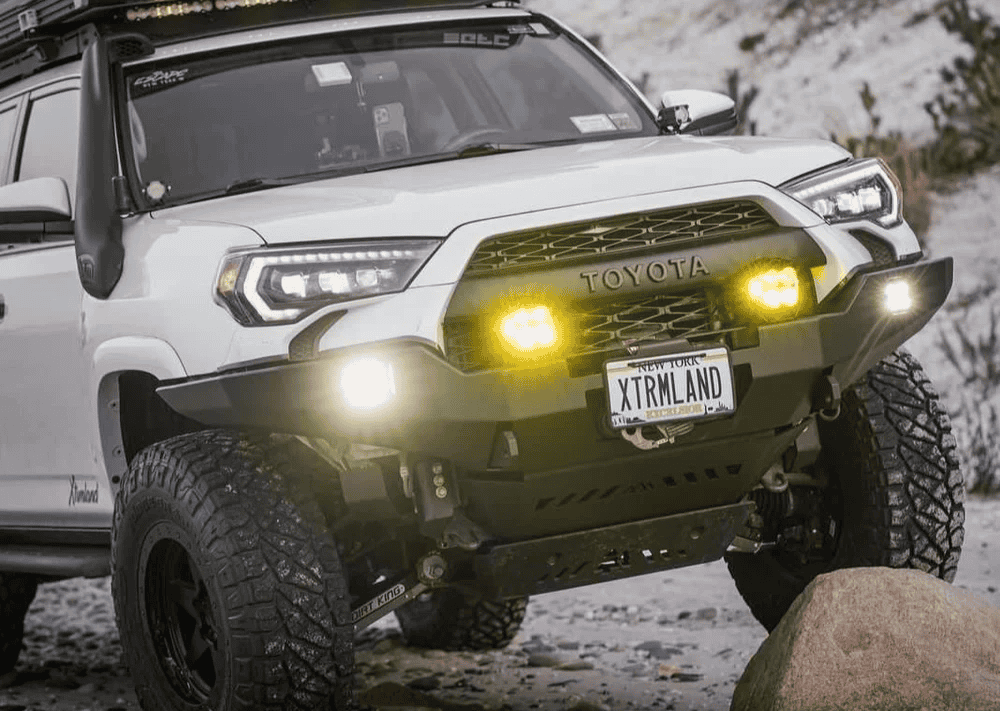Overland Vehicles

A doomsday rv is not a showpiece. It is a mobile base that can support people for weeks without hookups or resupply. The core idea is independence. That means power that does not rely on a single source, water that stays clean and accessible, and mechanical systems that are easy to inspect and repair in the field.
Platform choice frames everything. Many builders start with a commercial van, a four by four truck with a camper body, or a medium duty chassis for higher payload. Gas engines are easier to find parts for in some regions, while diesel offers better torque and range when managed well. The goal is not speed. The goal is predictable service and parts access.
Interior decisions favor function. Durable surfaces that wipe clean, modular storage, and a sleeping setup that does not require reassembly every night. Ventilation is essential. High efficiency fans, insect screens, and shade management matter as much as heating and cooling. A compact galley with water filtration and redundant ignition for cooking keeps meals simple when conditions are not.
Weight is the first constraint. Start with the gross vehicle weight rating, subtract curb weight, then reserve payload for people, fuel, water, batteries, spares, and food. Cargo vans offer stealth and a lower center of gravity. Box bodies and flatbed campers increase volume but raise profile. Keep heavy items low and centered to protect handling on rough tracks.
A resilient power plan layers sources. Roof solar manages day to day loads. A high output alternator charges while you drive. A small, well shielded generator or fuel cell can bridge storms. Lithium batteries store energy with less weight, and a smart battery management system protects them. Limit parasitic loads and choose appliances that sip power.
Carry more water than you think you need. Use a two tank approach so a clog or contamination does not stop you. Add a gravity fill option, a pump bypass, and a manual transfer method. A multi stage filtration stack and a UV purifier gives flexibility at sketchy sources. For waste, a urine diverting toilet or sealed cassette avoids black tank dependence. Carbon monoxide detectors and air quality monitors are non negotiable.
Tires and suspension are your insurance policy. All terrain tires with load ratings that match the rig, stout sidewalls, and a full size spare keep you moving. Shocks tuned for weight reduce heat and fade on long washboard. Recovery gear should be practical. A shovel, traction boards, air compressor, and soft shackles solve most common setbacks without adding unnecessary mass.
Communications keep you informed when towers go dark. A satellite messenger, a weather band receiver, and a ham or GMRS radio maintain contact. Offline maps and paper backups provide redundancy. Navigation is only as good as the plan, so build routes around fuel stops, water sources, and safe places to park and rest.
Stealth versus visibility is a strategic choice. A plain exterior attracts less attention in town. In the backcountry, bright scene lighting and reflective markers improve safety at night. Inside, use blackout shades and quiet fans to reduce light and noise. Whatever the choice, consistency is more important than perfection.
Secure every item. Latches, tie downs, and bins keep gear from becoming hazards. Label panels and fuse blocks so anyone in the crew can troubleshoot. Keep a maintenance log and a scheduled checklist for fluids, belts, filters, and torque values. Serviceability is a design feature, not an afterthought.
Range beats speed. Auxiliary fuel tanks, jerry can storage away from heat, and a real time fuel gauge calibration improve planning. Gear selection should support conservative driving. Low range is priceless on steep, loose climbs. Braking down grades with engine braking preserves pads and rotors for when you truly need them.
A doomsday trailer camper splits mass between tow vehicle and living space. That makes camp flexibility easy. You can drop the trailer, scout ahead, or perform maintenance on one piece without taking the entire shelter out of service. It also adds coupling points, more tires, and backing complexity. Keep trailer track width close to the tow vehicle and match bolt patterns to simplify spares.
An integrated doomsday rv keeps everything on one chassis. Fewer connection points and a unified electrical system are simpler to manage. The tradeoff is total reliance on a single platform. If it goes to the shop, your entire shelter is offline. There is no perfect answer. Choose based on terrain, crew size, and where you plan to stage during disruptions.
Compliance still matters. Weight limits, lighting, and brake requirements apply whether the grid is up or not. Practice defensive driving, manage speed, and respect local regulations. A quiet rig that blends in will get further than a flashy one.
When it is time to turn concept into reality, experience matters. OZK Customs builds field ready platforms that begin with honest discovery. If you want to see how an overland builder thinks about long range living, browse our overland rigs. When you are ready to plan systems, materials, and wiring that can be serviced on a dirt road, explore our custom overland upfit. To learn how we work and why clients trust our handoff process, visit why choose OZK Customs.
Tell us how you travel, how long you need to stay independent, and what kind of terrain you cross. We will design a doomsday camper or doomsday trailer camper around those realities and build a doomsday rv that earns your confidence when plans change. Submit the form and let us map your path from first sketch to first night off grid.
Ready to turn a concept into a proven off grid rig? Tell us how you travel and we will design a resilient system around it. Submit the form to start your build plan, timeline, and budget with OZK Customs.
ADDRESS:
6159 E Huntsville Rd, Fayetteville, AR 72701
PHONE:
(479) 326-9200
EMAIL:
info@ozkvans.com